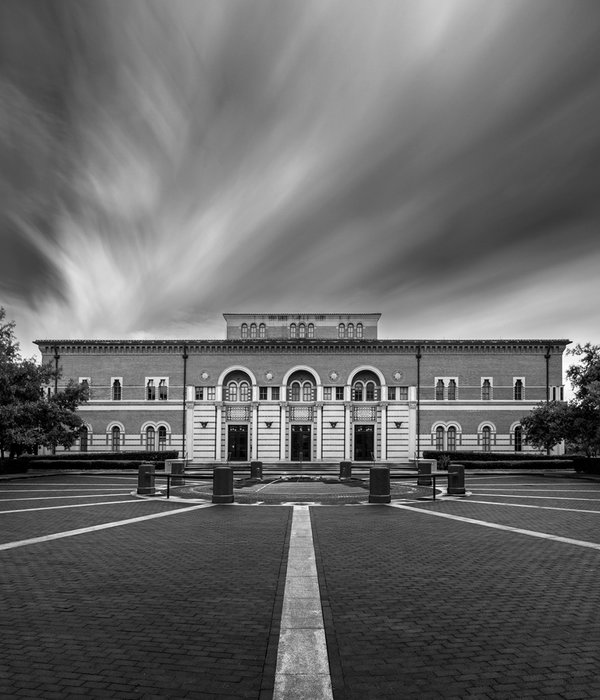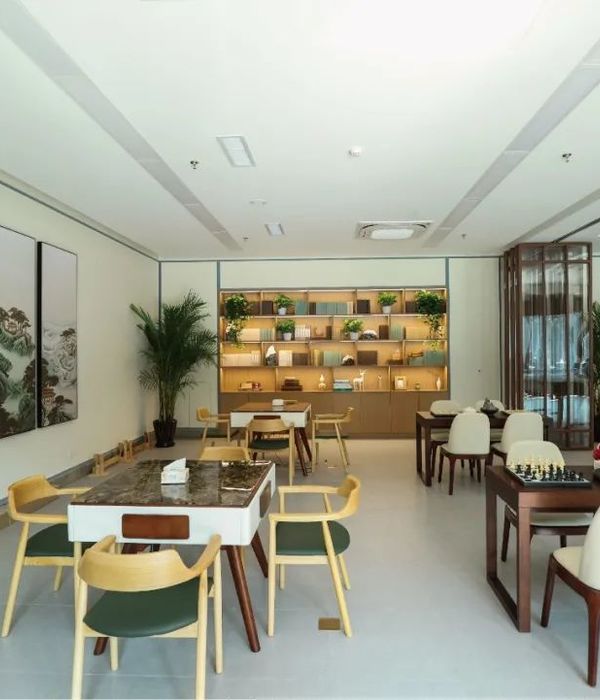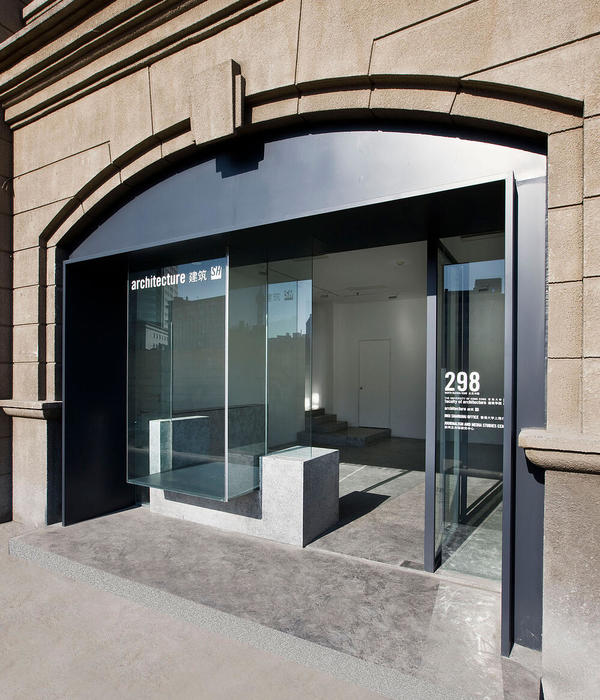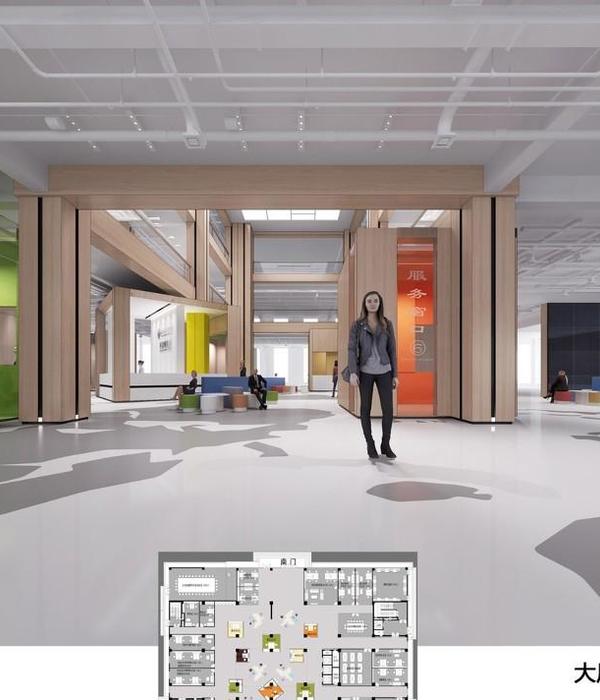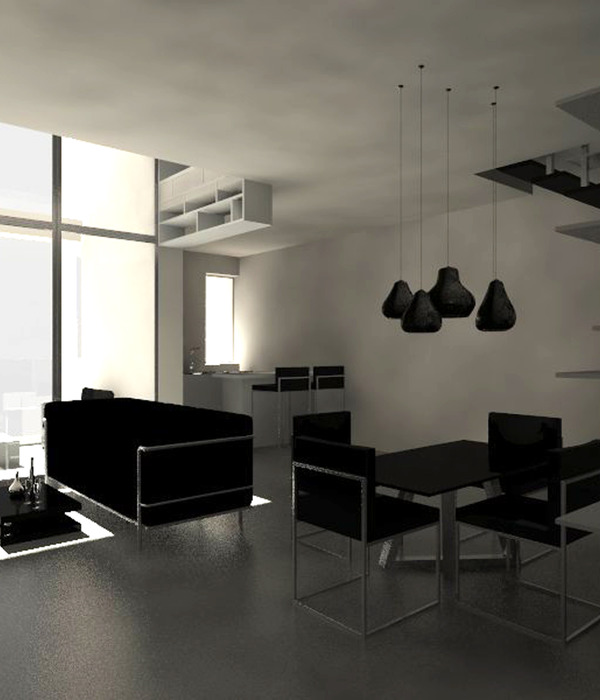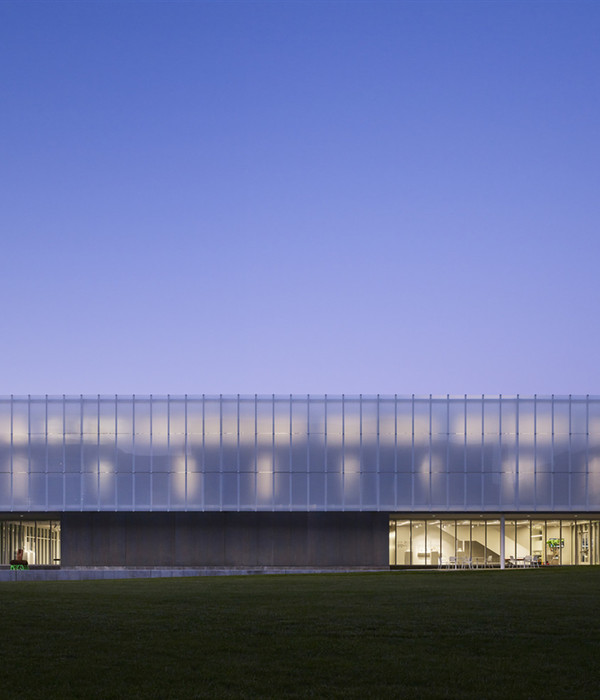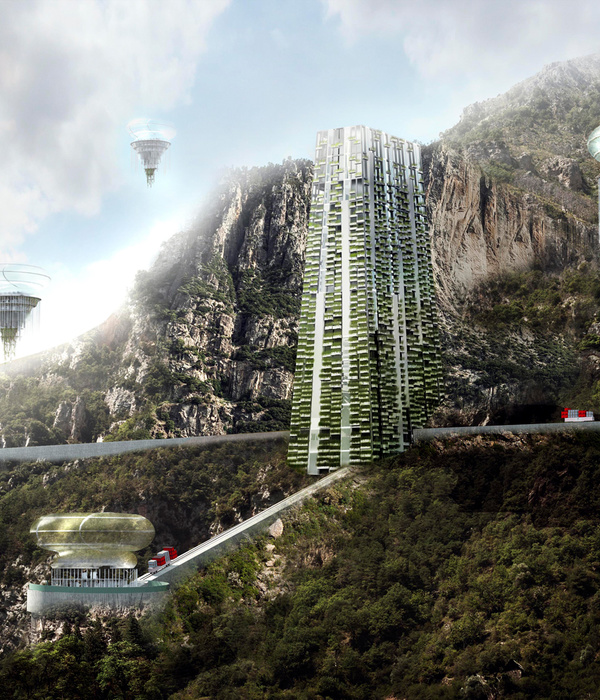The project proposal aims to fully integrate with the tradition of school typology, resulting in two distinct open spaces for playgrounds. The typology is highly flexible and can be expanded over time in a straightforward manner and in various ways without encroaching further upon the green surroundings.
The historical structure of the school reveals a clear evolution within a building block, following a typical growth pattern observed in monasteries centered around a cloister. Classical school buildings draw inspiration from this pattern. The defining feature of the site is the ancient mill (1782). The ambition is to establish a visual connection with the nearby mill from each classroom. Even beneath the existing canopy of the library, serving as the school's entrance, the relationship with the mill is maintained.
A twisted shed roof creates a generous indoor playground that, within the extended school concept, can be used for multiple purposes. The school embraces the existing gymnasium next to the elementary school, fostering overall coherence and uniformity in architecture. To emphasize this the roof ties everything together. The conceptual organization unites three areas: the elementary school, the kindergarten, and the central area where the covered play zone (multipurpose hall) meets the gymnasium.
The classrooms are organized around the indoor playground. The layout of the plan pays significant attention to the transitions between the park, classrooms, and playgrounds. The classroom is designated as a place for contemplation and learning, while the play areas (both indoor and outdoor) are conceived as spaces for play, adventure, and dynamism. Intermediate spaces are designed between them to facilitate the transition from play to class. At the transition zone from class to indoor playground, a cloakroom area with hooks and backpacks facilitates this. The transition from a class to the park is accomplished through a classroom garden.
The building services are integrated according to the sustainability concept. Positioned in the central zone, the amount of ducts needed is reduced which results in more efficient usage and lower budget costs. Robust elements are kept visible and always accessible making the building adaptable for later changes and needs. Considering that the life span of the technical elements serving the building is usually shorter, they need to be easily replaceable and rather standard for repair and maintenance. Red concrete cladding with relief is chosen for the facades to create a softer environment. The birch tree has a strong connection with
, therefore a special pattern of birch leaves creates rhythm and gives ornamentation to the facades.
{{item.text_origin}}

